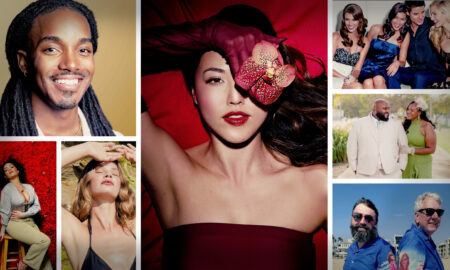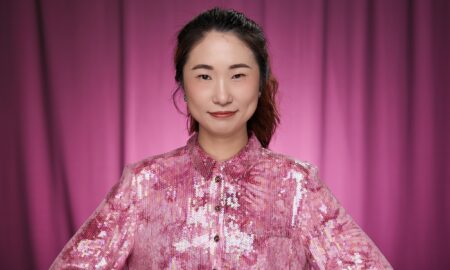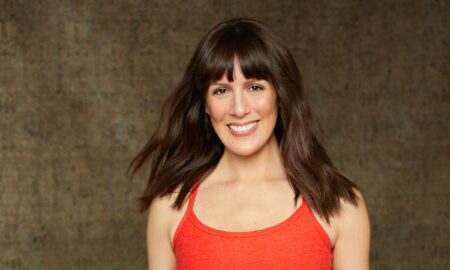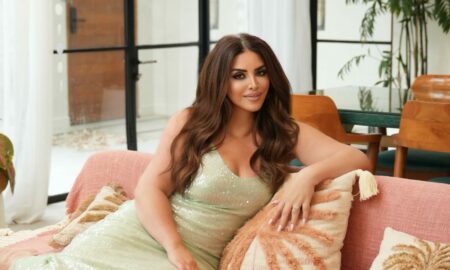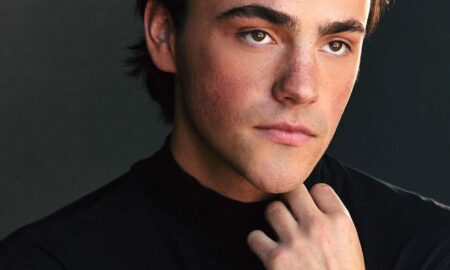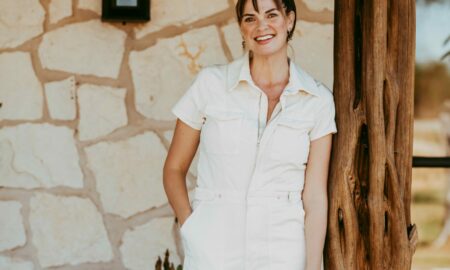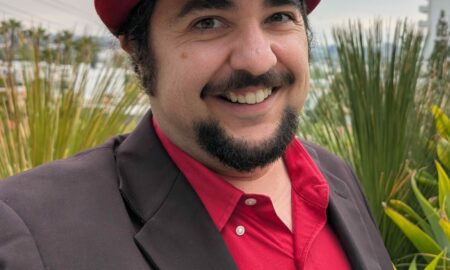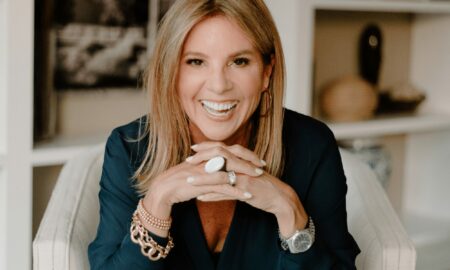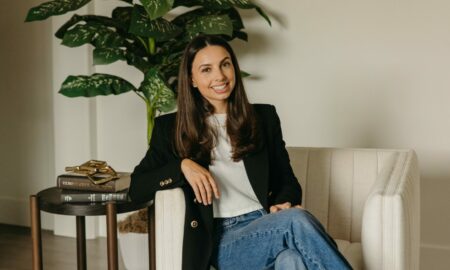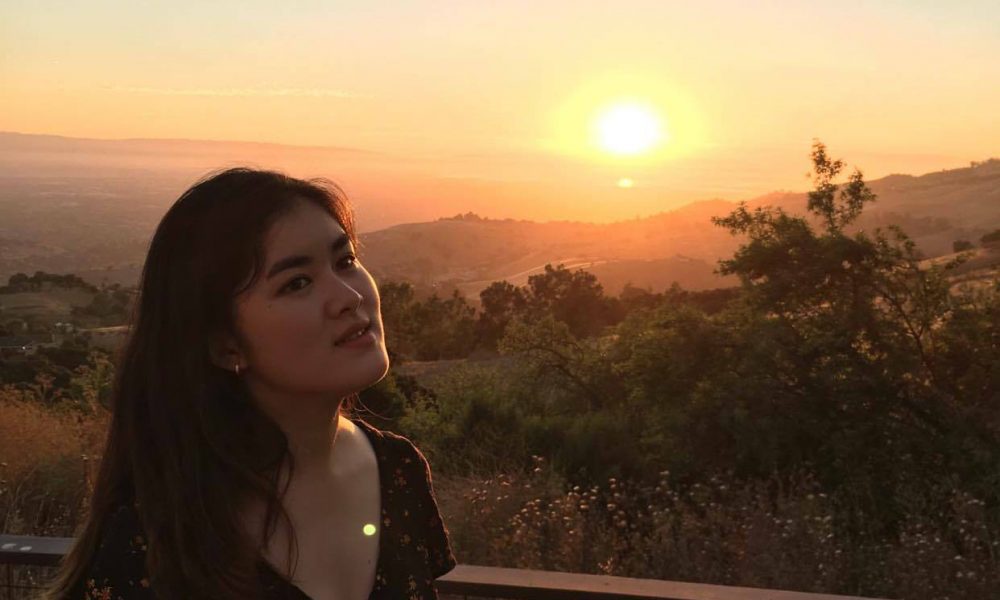

Today we’d like to introduce you to Elinda Xiao.
So, before we jump into specific questions, why don’t you give us some details about you and your story.
I feel as if I have a pretty standard story. I’ve always really enjoyed doodling in the margins of my papers and animated movies, but I feel like I didn’t see art as anything more than a dying profession in my freshman year of high school. A speaker from a design university showcased pieces from their most recent graduating class, and I was shocked to see the variety of the things that were there. There were traditional paintings and sculptures, of course, but there were also dresses and juice boxes; items I saw every day, but had never fully connected that artists had designed those too. For a long time, I had always imagined artists as people who painted all day and created just for the sake of creating, but it wasn’t until then that I realized how essential design was to our lives.
I used to think that I wanted to be in Entertainment Design, but being in college and discovering that there were other fields changed my mind. The thing that initially drew me to Entertainment Design at all was storytelling, and I’ve learned that storytelling doesn’t have to be so literal. I’ve always been influenced by vintage advertisements and period movies, and those in themselves are also ways of sharing a story.
Has it been a smooth road?
I grew up in San Francisco’s Bay Area in the heart of the Silicon Valley. I wouldn’t say that art is exactly looked down upon, but it is forgotten about a lot. There isn’t a large culture of artists there; things feel very tech-driven, very practical. Even my peers who did take art lessons usually took them to pad their portfolios for Stanford or UCLA. I think it took me a long time to confront the fact that illustration was something I wanted to do for a living and understand that it would be something my friends and family wouldn’t exactly get for the rest of my life. I remember that when I told my father that I got into one of the country’s best design schools, he responded to me with a link for Berkeley’s computer science program.
I have been blessed to be able to go to such a school and to have such a supportive mother. Coming from an Asian immigrant family and being surrounded by many similar families, I think the pressure to focus in specific majors is still very real. (I think that that’s part of the reason why we’re seeing a recent increase in Asian American artists, precisely because the cultural stigma against them is so severe.) I feel as if us second and third-generation Americans are still carving out room for ourselves in the industry. While I know that I don’t have the industry connections or art-enriched upbringing that some people are lucky enough to have, I’m grateful that I’m being encouraged to pursue my passions at all.
Please tell us more about your art.
People comment a lot on my usage of color, which I think is the highest possible praise for me. I think I’m the kind of artist who’s always trying new things to put in my figurative toolbox. As a person, I’m hesitant to box myself into one field, and that applies to the medium I use. As I said, I draw heavy inspiration from fashion and history, so I’ve been exploring with fashion illustration, sewing, and surface design. I like being involved with all steps of a creation, such as sketching a pattern out, choosing its colors, getting it printed, and making it to something.
I’m proud of myself for carving out a new route for myself. My interests are kind of a jumble of a bunch of different things, but I don’t think my portfolio or my artistic output would be possible without every single one of them.
How do you think the industry will change over the next decade?
I don’t think fine art will die out for a long time. I know sometimes people think it’s dead, but it’s always there, and it’ll outlive a lot of us. There are just some statements you can make with a 20-foot-long oil painting or a bronze statue that you can’t make with digital art. While I love technology and the changes that have happened in the industry with the introduction of software and tablets, illustrations on paper still has its place in every field.
We’re in a big of a minimalism fad design-wise right now, so I hope we see some serious maximalism soon. I feel like packaging and fashion especially have “calmed down” a lot, so I want to see some wild stuff. I have a soft spot in my heart for the wild colors of the 1960s, and we’re so close to getting those back that I can taste it.
On a social level, I hope we see increased diversity in our artists, and I hope that those artists don’t have to sacrifice their culture in order to become popular. I think bringing those different perspectives and stories is what makes collaborative art great.
Contact Info:
- Website: elindadraws.com
- Email: [email protected]
- Instagram: @elindadraws







 Image Credit:
Image Credit:
Elinda Xiao
Suggest a story: VoyageLA is built on recommendations from the community; it’s how we uncover hidden gems, so if you or someone you know deserves recognition please let us know here.

